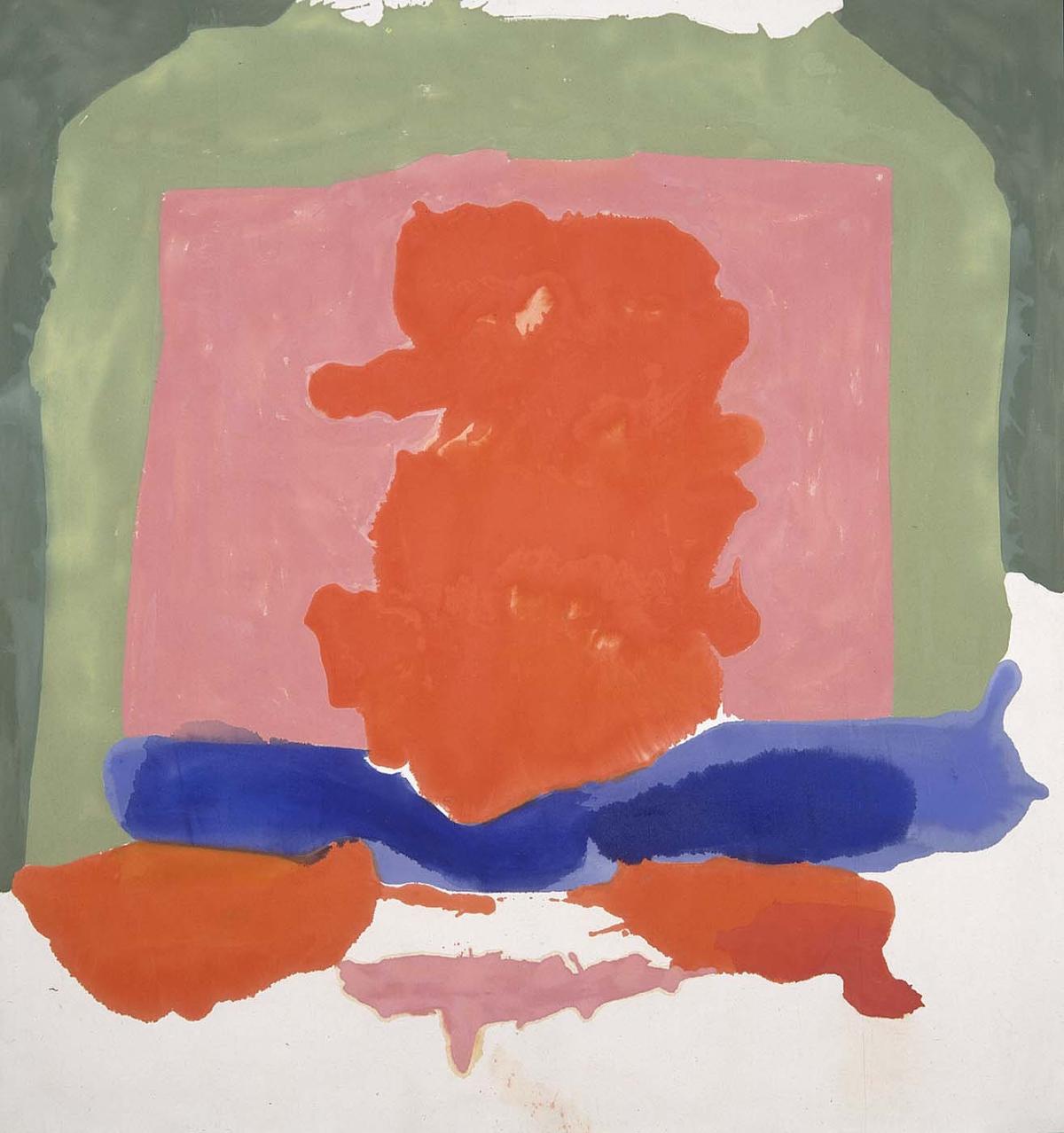
In the 1950s, while still in her twenties, Helen Frankenthaler developed her signature stain painting technique and was on her way to becoming a leader of the Abstract Expressionist movement and one of the most important American painters of the famed New York School. On April 8, 2021, Alexander Nemerov joined Senior Curator Virginia Mecklenburg for a virtual conversation to discuss Nemerov's latest book, Fierce Poise: Helen Frankenthaler and 1950s New York. Watch the complete recorded conversation, part of the series, New Writings in American Art, available now.
What inspired you to write this book?
I was inspired to write the book because I love Helen’s paintings from the 1950s; I feel that they capture “life on the quick,” “life on the fly,” and that their way of doing so owes specially to a young person’s lyrical and melancholy way of perceiving the world.
Why was this period so important to Frankenthaler's work?
For me, this period was important because—related to my answer above—she was working out feelings and responses to being alive (as many of us are in our twenties), and that the more achieved works of her later career, starting in the 1960s, for all their Apollonian splendor (or darkened light), address in a more finished, more “resolved,” more magisterial way. The work from the 1960s onward feels like the address of a god; the work from the 1950s that of a person. Obviously, there’s overlap there; but I maintain that distinction when I think of her work.
You researched that period of her life extensively; what surprised you about her life at this time?
What surprised me—was maybe that I was not surprised. That it all felt familiar to me. That the highs and lows and neuroses and pride and fear and doubt were all right there. Of course, many details were new to me—perhaps *all* details were new to me, since I was starting from scratch when it came to learning about Helen’s life. But the broad contours were what I thought to find, though “thought” is probably the wrong word for the “hand-in-glove” sensation of my relation to her life and art.
Do you feel she had to struggle in her career because she was a woman?
I’m not sure she suffered because she was a woman; or, rather, she did suffer, with various criticisms of her wealth and arguably strategic alliances with [Clement] Greenberg and [Robert] Motherwell; but also did not suffer, because she believed in her art and herself, so much so that the criticism never gave her doubt.
Small’s Paradise from 1964 is an important painting in SAAM’s collection; what can you share about this work?
I don’t know much about Small’s Paradise but feel it fits what I said above: that it is elemental, a pagoda of fire, a church of sensations, told by a cleric, a functionary of god, rather than a parishioner groveling on the floor.
Alexander Nemerov is the Carl and Marilynn Thoma Provostial Professor in the Arts and Humanities and department chair of art and art history at Stanford University. In 2019, he received the Lawrence A. Fleischman Award for Scholarly Excellence in the Field of American Art History from the Smithsonian’s Archives of American Art. He is also the author of several books, including Soulmaker: The Times of Lewis Hine (2016) and Summoning Pearl Harbor (2017). In 2011, Nemerov was the guest curator for SAAM's exhibition To Make a World: George Ault and 1940s America.
To learn more about Frankenthaler, register now to join Nemerov for a virtual conversation about his new book on Thursday, April 8, at 7 p.m. as part of SAAM’s free program series New Writings in American Art, highlighting new scholarship and publications in the field of American art.

















